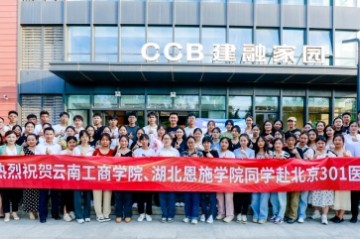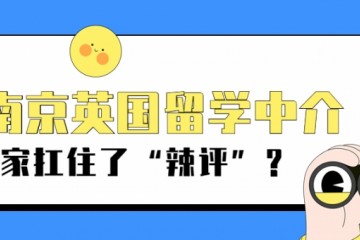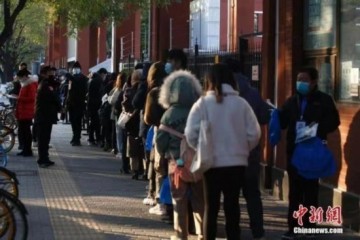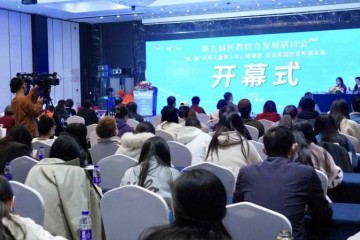
原标题:经济学人 | 从接近消亡到传奇复兴,夏威夷语的重生能否仿制?
布景介绍:
死言语,又称绝迹言语,是指现已不再有人以之作为母语的言语。据估计,均匀每两周就有一种人类言语消亡,变为死言语。夏威夷语作为一种从前接近消亡的言语,现在又传奇地复兴了,这种成功能否用于其他即将消亡的言语?
The surprising revival of the Hawaiian language
夏威夷语的传奇复兴
Could that success be replicated elsewhere?
这种成功能否仿制?
“Ma uka, ma uka ka ua,Ma kai, ma kai ka ua”
(夏威夷语歌谣,歌词粗心:雨落在高地,雨落在海中。)
So sing the children at Hawaii’s Punana Leo O Hilo kindergarten on the Big Island of Hawaii. “It is raining on the uplands, it is raining by the sea.”
在夏威夷岛的 Punana LeoO Hilo 幼儿园里,孩子们纵情地唱着歌。“雨落在高地,雨落在海中。”
The chant is much like any other “Rain, rain, go away” nursery rhyme, but it has an unusual power: it is one of the tools that has brought about the revival of a near-dead language.
这是一首类似于“雨啊,雨啊,快走开”这样的儿歌,但这首儿歌的不寻常之处在于:它承载着一种近乎消亡的言语的复兴。
The decline of Hawaiian was not, as is the case with most disappearing languages, a natural demise caused by migration and mass media.
类似于世界上大多数现已消亡的言语,夏威夷语的式微不是因移民和群众媒体所导致的天然消亡。
In 1896, after the overthrow of the Hawaiian monarchy by American business interests, schools were banned from using the language, and children were beaten for speaking it.
1896年,美国商团推翻了夏威夷的君主制,而且制止夏威夷的校园运用夏威夷语教育,孩子们会由于说夏威夷语而遭到殴伤。
By the late 20th century, aside from a couple of hundred people on one tiny island, English had replaced Hawaiian and only the old spoke the language to each other.
到了20世纪末,除了一个小岛上的几百人外,夏威夷语现已彻底被英语替代了,只要白叟们才会用夏威夷语彼此沟通。
The civil-rights movement brought a revival of interest among the young, centred on the University of Hawaii at Hilo.
以夏威夷大学希洛分校为中心的民权运动从头唤起了年轻人对夏威夷语的爱好。
Larry Kimura, a professor there, was not satisfied that the language should be merely a subject taught at college: he and his students wanted to bring it back to life.
该大学的教授拉里·木村并不满足于仅仅把夏威夷语作为一门在大学里教授的课程:他和他的学生们想把夏威夷语带回到日子中。
The idea for how to do that came from a visiting Maori, who suggested “language nests”, which had been successfully used to revive New Zealand’s native language.
完成这一方针的主意源自于一位来访的毛利人所提出的“言语巢”,这种“言语巢”已被成功用于复兴新西兰的母语。
In 1985, when educating children in Hawaiian was still banned, Kauanoe Kamana and her husband Pila Wilson, both students of Kimura’s, created the first Punana Leo (which means “language nest”) at Hilo.
1985年,夏威夷语仍被制止用于儿童教育,考阿诺·卡马纳和她的老公皮拉·威尔逊(两人都是木村的学生)在夏威夷大学希洛分校创立了第一个“言语巢”。
Neither was a native speaker, but both were determined to bring up their children as such. They gathered together a small group of children, including their own son and daughter, and elderly native speakers.
他们两都不是以夏威夷语为母语的人,但他们都下定决心把自己的孩子培养成以夏威夷语为母语的人。他们聚集了一小群孩子(包含他们自己的儿子和女儿)和一些以夏威夷语为母语的白叟。
The movement grew: there are now 12 kindergartens and 23 schools, some of them stand-alone Hawaiian-medium schools, some Hawaiian-medium strands within English-medium schools.
这一运动已然发展壮大:现在现已有12所小学和23所中学(其间一些是纯夏威夷语中学,一些是夏威夷语-英语双语中学)在用夏威夷语教育。
The number of children being educated in Hawaiian has risen from 1,877 in 2008 to 3,028 in 2018. Along with Japanese, Hawaiian is the non-English language most commonly spoken among children.
承受夏威夷语教育的儿童数量从2008年的1877人增加到了2018年的3028人。夏威夷语现已同日语一道成为孩子们最常用的非英言语语了。
小编说:
据联合国教科文组织最新发布的《濒危言语图谱》,全世界有7000种言语,其间一半以上将在本世纪消亡,80~90%将在未来200年灭绝。我国现在也有近30种言语接近灭绝。由于种种原因,一些从前光辉的言语现已离咱们远去了。而那些以死言语所著的古籍也往往只能靠考古学家来破译了。
责任编辑:

 筑梦起航,医路向前——中国新高教集团举办2024届毕业生赴中国人民解放
筑梦起航,医路向前——中国新高教集团举办2024届毕业生赴中国人民解放 南京英国留学中介筛选指南,谁家扛住了“辣评”?
南京英国留学中介筛选指南,谁家扛住了“辣评”? SOS ! 高考后申请美国本科来得及,但是这些事情你不能放过!
SOS ! 高考后申请美国本科来得及,但是这些事情你不能放过! 天津传媒学院无终艺术馆揭幕开馆
天津传媒学院无终艺术馆揭幕开馆 ACAA聚焦数字科技,为行业发展注入新活力
ACAA聚焦数字科技,为行业发展注入新活力 港澳台青年文化嘉年华在蓉举办
港澳台青年文化嘉年华在蓉举办 2023年度国考即将开考这些事项考生要了解
2023年度国考即将开考这些事项考生要了解 医教结合研讨会深度探讨孩子学习困难心理健康教育问题
医教结合研讨会深度探讨孩子学习困难心理健康教育问题